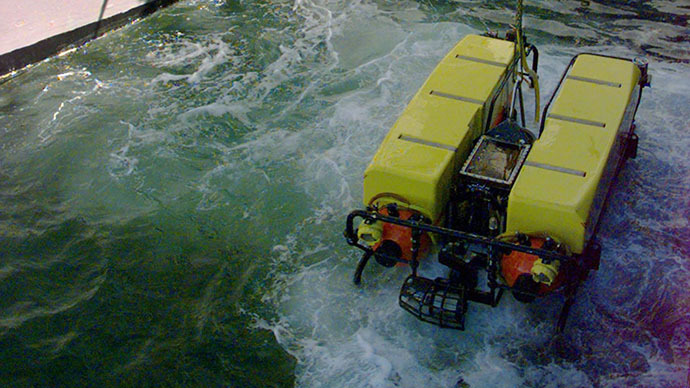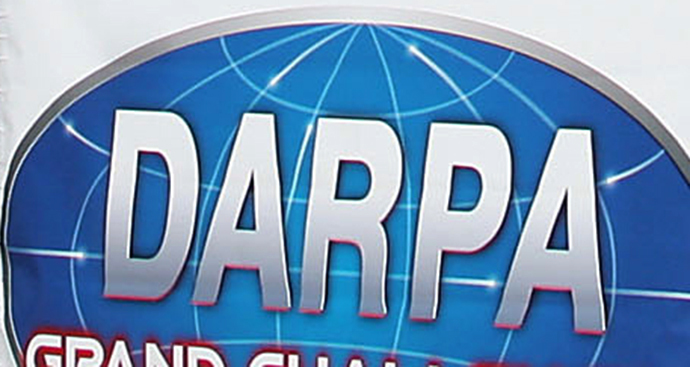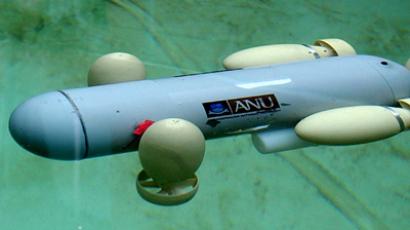DARPA looking to build underwater drone 'mothership'

The US Defense Advanced Research Projects Agency (DARPA) has announced plans to develop an unmanned, submersible 'mother ship' to transport and deploy aerial and underwater drones.
The much-vaunted DARPA , which is tasked with expanding
technology and science for use in defense projects, is now
looking to build an unmanned undersea system that can deploy
stealthy drones, both of the flying variety and unmanned
underwater vehicles (UUVs), via a large carrier craft.
“The Hydra large UUV is to use
modular payloads inside a standardized enclosure to deploy a mix
of UAVs and UUVs, depending on the military situation. Hydra will
integrate existing and emerging technologies in new ways to
create an alternate means of delivering a variety of payloads
close to where they’re needed.”
Based on current available technology, drones will be launched
under the surface of the water much as submarines currently
launch cruise missiles, within encapsulated vehicles that then
surface and allow drones to launch into the air.
Though the Hydra project appears to be in its beginning stages,
it would seem that much of the technology already in use by the
US Navy can be adapted. Similarly, the rate at which the US has
deployed increasingly sophisticated iterations of its
conventional drones suggests that defense contractors could
quickly adapt units to be usable with the new Hydra vessel.
Raytheon’s 6 lb. Switchblade drone, for example, which is 2 feet
in length and can be carried in a backpack is already being
adapted for launch from submarines. Other smaller, insect-like
drones currently being developed by DARPA could all conceivably
be useful for the Hydra project as well.

Currently DARPA is also looking into ways to launch and land
drones from smaller surface ships, such as the Navy’s Littoral
class, under a program dubbed the Tactically Exploited
Reconnaissance Node (TERN).
According to DARPA, which announced the Tern program
specifications only a few months ago, it is looking to give the
US Navy the capabilities to launch drones without the need for
large aircraft carriers or land bases.
Currently the Navy is limited to using only a handful of drone
models, including the ScanEagle drone, and the Fire Scout
unmanned helicopter based on Littoral Combat Ships.
In conjunction with the new Hydra project, it seems that DARPA is
looking to modify the American navy into a force capable of
deploying versatile unmanned robots throughout the globe.














